This post is also available in: Italian
Pistoia, a medieval city with ancient buildings and churches, is located at the core of a wide agricultural valley, that from the second half of the 19th Century began to produce flowers, plants and trees and became the cradle of Italian nursery. Among the big and small nurseries in the area, there are very particular ones for their productive level, the research of unusual plants and their precious collections. The ones I suggest will guide you through trees exceptionally grown, traditional and new topiary shapes, citruses, roses, hortensias, shrubs and more. Since you are in the area, don’t miss two special artistic gardens and, in July, the renowned Pistoia Blues Festival, that makes the ancient city even more interesting.
Nurseries
The map indicates the nurseries and the other locations of the suggested itinerary. For each nursery, we indicate its distance from the others, in order to facilitate you in the choice of the ones to visit and their order.
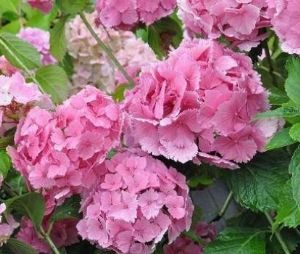
Donna di Piante: this women-run nursery was born out of the collaboration between Francesca Moscatelli, graduated in Forestry, and Nadia Zenere, owner of Pistoia Flor Srl (a company that for over 40 years has produced and managed ornamental plants in Italy and abroad). They have a very rich choice, in continuous evolution, with trees, bearer plants, shrubs, roses, vines, perennials, cactuses, tropical species. Particularly interesting are their collections of shrubs, among which summer lilacs, hibiscuses, crape myrtles, hortensias, Indian mallows and novelties from all over the world.
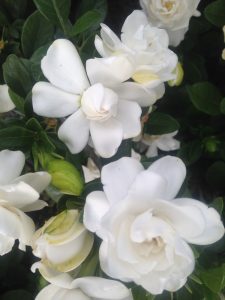
Ladre di Piante: this young nursery, created within the already existing family-nursery, is run with passion by Silvia Agostini and is specialised in more than 50 collections of vines, hortensias, grasses, perennials and exotic plants. It will be hard to resist the marvellous specimens of hortensias in pots if it weren’t for the huge dimension that makes them difficult to move. The nursery also offers advice for the design of gardens and balconies
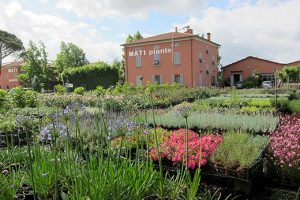
Piante Mati: the historic nursery is now run by the three brothers Andrea, Francesco and Paolo Mati and produces trees, shrubs, vines and ornamentals, doing research on arboreal plants and introducing new cultivars fit for the necessities of contemporary green spaces. It is worth a visit every season. The nursery also offers an excellent service for the design of parks, gardens and green areas, and hosts the Gardening Academy, organising classes for professionals and enthusiasts.
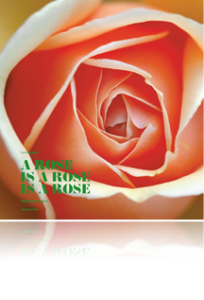
Rose Barni: the nursery was established in 1882; it is now famous in Italy and abroad and has reached the 5th generation, represented by the cousins Beatrice and Vittorio Barni. It specialises in the reproduction and sale of modern and ancient roses, in the selection of new roses created by hybridizers all over the world, and, most importantly, in the creation of their own novelties, guided by Pietro Barni, among which the series Le Farfalle®, with a reblooming simple flower, and Le Toscane®, with a double corolla with warm colours. The roses are also sold online, with or without pots, and also in many market exhibitions. However, you can’t miss a visit in the summer season. You will also find topsoils and fertilisers specific to roses.
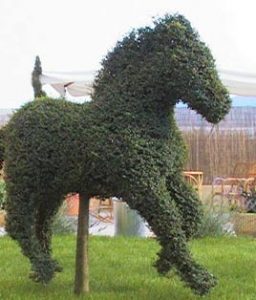
Vivai Breschi Franco: the nursery has been specialised for generations in topiary plants; therefore, it will be a fun visit for both adults and children. From the simplest shapes like circles, pyramids, cones and spirals, to more complex ones like horses, towers, elephants and giant dinosaurs.
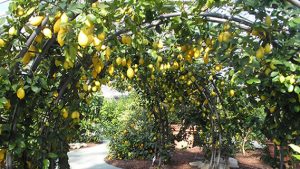
Vivai Oscar Tintori: this historic nursery is famous for its very rich collection of rare, ancient and modern citruses, counting 200 varieties from all over the world cultivated also in the Hesperidarium, the Citruses’ Garden (open to the public). Besides citruses, the nursery also sells specific fertilisers and topsoils, books, calendars, and DVDs for the care of citruses, delicious jams and other products with citruses. They offer guided tours for groups of a minimum of 20 people (prior appointment). The Citruses’ Garden hosts many botanical-culinary events, during which it is freely open to the public.
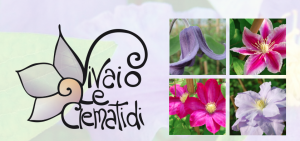
Vivaio delle Clematidi: this tiny, pleasant nursery specialises in the cultivation of clematises. They have a very large collection, with hybrids of Jackmanii, species like Clematis diversifolia, C. flammula. C. florida, C. integrifolia, C. patens, C. texensis, C. viticella and their countless varieties.
Gardens to visit
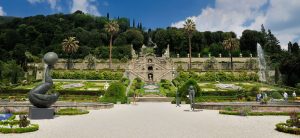
Villa Garzoni: located in Collodi, in the hamlet of Pescia (Pistoia), it is an amazing and majestic 17th Century building with a garden divided into terraces connected by double stairs. It is divided into two areas and has a very suggestive body of water, flowerbeds, 18th Century fountains, a “teatro di verzura” dating back to the second half of the 17th Century, a labyrinth (the last one in all the historic villas in the area), earthenware statue and a thermal building.
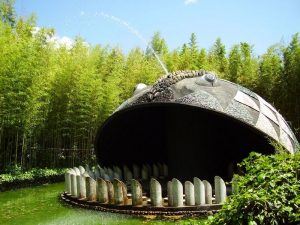
Parco di Pinocchio: not far from Pistoia, in the direction of Lucca, you will find the medieval village of Collodi, the hometown of Carlo Lorenzini, author of the famous young-adult book The Adventures of Pinocchio. In his memory, during the 1950s, the Parco di Pinocchio was created: a thematic garden that represents the most salient points of the story. The tour, designed by the great landscaper Pietro Porcinai, is marked by mosaics and bronze statues representing scenes and characters, made by important artists. I recommend a visit for both adults and children!
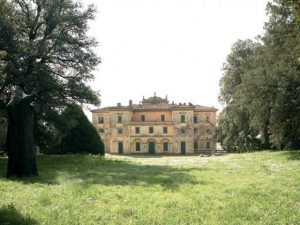
Fattoria di Celle: this 15th Century villa is located in the province of Pistoia and is surrounded by a 19th Century park that in the 1950s was transformed by Giuliano Gori (an entrepreneur from Prato) in an open-air museum, inviting international artists to create environmental works of arts specifically for those spaces.
Where to eat:
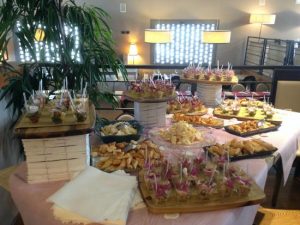
ToscanaFair: this restaurant is located nearby the nursery Piante Mati and was created to convey the great passion for cooking and for the Tuscan territory of the brothers Mati. Besides traditional dishes, you can taste their creations, always with carefully chosen ingredients coming from agricultural companies of Tuscany or from their own production, among which vegetables organically cultivated in the vegetable garden annexed to the nursery.
Where to stay:
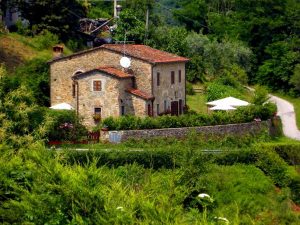
B&B Campomaggio: a farmhouse made of stone on the hills, surrounded by a romantic and calm atmosphere and by a beautiful garden. They have an excellent breakfast with homemade cakes; the owners are very gentle and fun.
This post is also available in: Italian


Leave a Reply